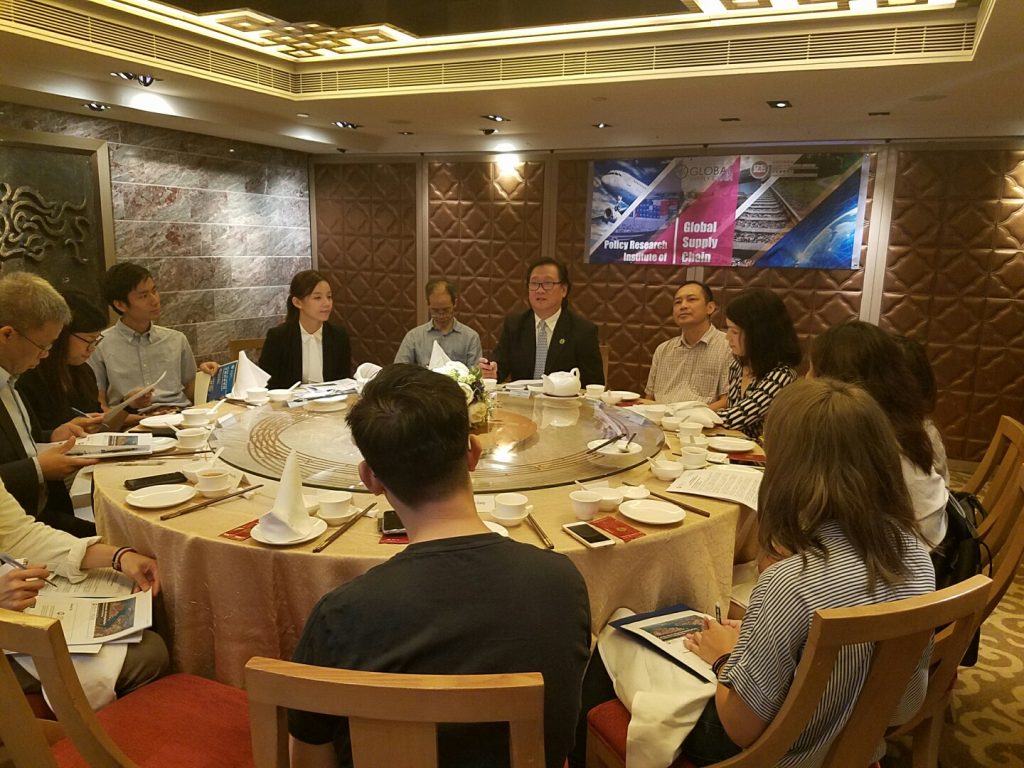Press Release:
HSMC Publishes Research Report Proposes Collaboration at the Kwai Tsing Container Terminal to Increase Efficiency and Competitiveness
- HSMC report finds collaboration could cut yard traffic by 49%
- Shipping lines could save HK$88M per year
- 4,655 tonnes of CO2 emission could be reduced annually
[Hong Kong – 13 August 2018] Hong Kong’s container terminals should operate in a strategic and collaborative manner, with its entire port operations integrated to increase efficiency and competitiveness, according to a study published by Hang Seng Management College (HSMC).
The study, entitled Collaboration at the Hong Kong Port – Benefits from Facility Sharing, calls for the sharing of facilities in the Kwai Tsing Container Terminals (KTCTs), including berths, cranes and yards, and for the different terminal operators to collaborate on infrastructures and computer systems to achieve direct operations for transshipment between different terminals. The study is authored by Dr Collin Wong Wai-hung, Dr Helen Ma Hoi-lam and Professor Lawrence Leung Chi-kin from the Policy Research Institute of Global Supply Chain of HSMC.
“Today, we are seeing more and more business competitors collaborate to share facilities and resources to reduce operating costs, which allows companies to focus on customer value-added services. If the KTCTs operators follow this trend, we believe the competitiveness of the Hong Kong Port can be increased,” said Professor Lawrence Leung Chi-kin, Dean of the School of Decision Sciences at HSMC.
In the study, HSMC ran an optimisation-simulation model on the level of Inter-Terminal Transfers (ITT), using a month of real-time data on vessel flow at KTCTs in 2017. Six scenarios with different levels of transshipment volume were devised, and the volumes of ITT with and without collaboration were measured.
With collaboration, the results of the simulation indicated that the total number of ITT, the ITT-related costs to shipping lines, and the total amount of CO2 emissions from ITT could be cut by 49%, 49%, and 40% respectively.
The study also showed that, the operation efficiency of the container terminal will be improved with collaboration, an estimated 291,044 unnecessary ITT round-trips per annum could be eliminated. Based on an average ITT cost of HK$300 per container, shipping lines could save HK$88 million per year. CO2 emissions could be cut by 4,655 tonnes annually, average waiting time could be reduced by almost an hour per vessel.
“The proposed collaboration model will bring lower operating costs and more efficient operations to the KTCTs operators, cut waiting time and costs for shipping lines, and also bring about an improvement in air quality of the neighbouring areas of the container terminals through the lowering of carbon dioxide emissions,” said Dr Collin Wong Wai-hung, Associate Dean of the School of Decision Sciences at HSMC.
“In the already-congested KTCTs, terminal operators should collaborate and reduce ITT to increase efficiency and stay competitive in the market,” said Dr Helen Ma Hoi-lam, Lecturer of the Department of Supply Chain and Information Management at HSMC.
HSMC stresses that careful planning and participation among all levels of management from all terminal operators is necessary for the collaboration to be successful.
“Implementation of collaboration among terminal operators is only the first step. All parties need to focus on creating new values and providing value-added services for customers,” Professor Leung stated.
Throughput at the Hong Kong container terminals has been dropping for more than a decade. It is now ranked fifth globally. Statistics indicate that Hong Kong Port is the only one in the region to record negative growth in throughput volume. Against the backdrop of a China-US trade war, the time is right for a change in direction, the report’s authors say.
As Hong Kong Port is a transshipment hub, together with the restructuring of global shipping alliances and the deployment of mega-sized vessels, have resulted in a critical increase in ITT, which is the movement of a container between independently-operated terminals. ITT occurs if a container is discharged at one terminal, and is later loaded onto another ocean liner berthed at a different terminal through truck transportation at the ground level. High ITT means extra handling time, a greater burden on roads and resources, and significant charges for shipping lines, which directly jeopardises the competitiveness of the Hong Kong Port. By looking at different forms of terminal operator collaboration worldwide, the HSMC report concluded that in order to improve the Hong Kong Port’s efficiency and competitiveness, the level of ITT should be reduced through collaboration among terminal operators.
Download Presentation PowerPoint
Media Enquiries:
Communication and Public Affairs Office, Hang Seng Management College
Ms Angel LEE
Tel:3963 5067
E-mail:angellee@hsmc.edu.hk
Ms Rebecca TAM
Tel:3963 5505
E-mail:rebeccatam@hsmc.edu.hk

From left: Dr. Helen Ma, Dr. Collin Wong and Prof. Lawrence Leung

The team present the report findings to media
